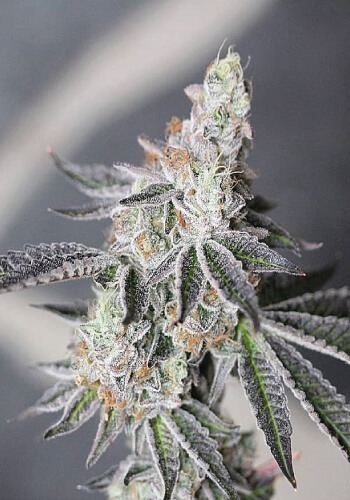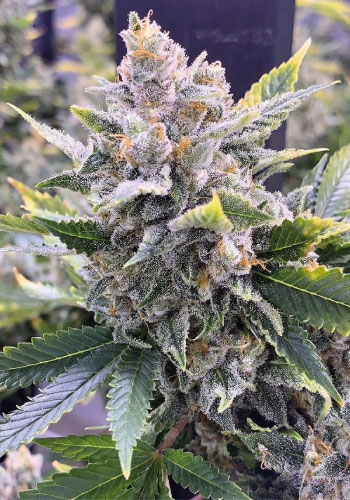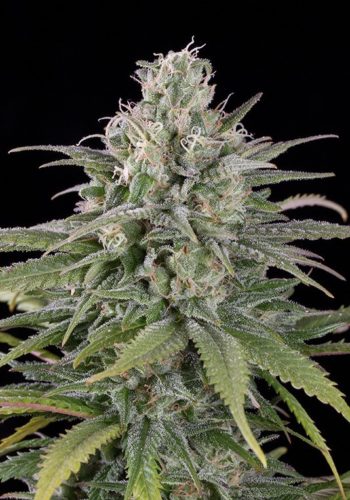A simplified summary of CBG (Cannabigerol)
For the full and scientific summary, scroll down.
CBG is a non-psychoactive compound that is produced by the reaction of CBGa with UV light, heat or oxygen. Even though CBG is considered one of the major cannabinoids, dried cannabis flowers only contain about 0.03 to 1.15% of this compound. Because of its many medicinal benefits, some breeders are now developing specialized strains with higher concentrations of CBG.
CBG has many health benefits
CBG may be the next big thing in medicinal cannabis, like CBD is now. According to studies done so far, CBG’s potential medicinal benefits are:
– CBG acts as an antioxidant
– It can reduce inflammation in the body, as well as on the surface of our skin
– It has anti-bacterial properties, especially with MRSA (an antibiotic-resistant bacteria, mostly found in hospitals)
– It may be able to help against the skin disease psoriasis
– It reduces pain
– It reduces depression and anxiety
– It helps to protect against cell damage
– It helps to regulate our metabolism
– It can help to stimulate appetite
– It may reduce certain types of diabetes and insulin resistance
– It helps to relax our muscles (even more than THC and CBD)
– It has potential (according to early studies) as a medicine against skin- and breast cancer
The beneficial effects of CBG are even stronger when combined with the terpenes phytol, linalool, caryophyllene oxide, limonene, and pinene.


